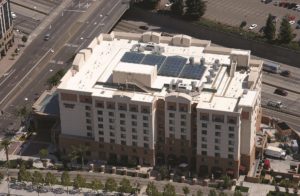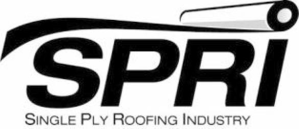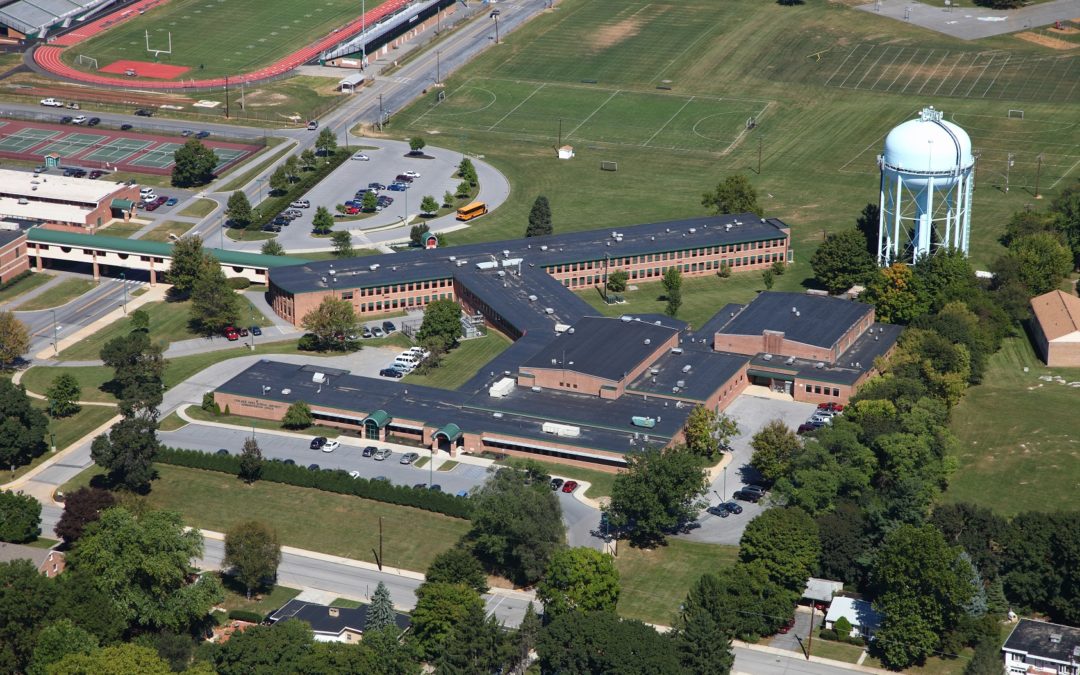Single-ply roofing in North America traces its origins back to the early 1960s when the first EPDM rubber roofs were installed. Since then, single-ply roofing has grown in popularity due to its long service life, dependability, and ease of installation. Today, single-ply roofing makes up the vast majority of the low-slope commercial roofing market in North America.
There are two different types of single-ply roofing material: thermosets and thermoplastics.
Thermoplastics
Thermoplastic roof systems use TPO (thermoplastic polyolefin) or PVC (polyvinyl chloride) membranes. Both materials provide excellent weathering performance and are highly resistant to UV, tears, punctures, and most chemicals. Thermoplastic membranes are seamed using hot air welders to melt the plastic and pressure to join sheets together.

TPO Roofing Systems
Thermoplastic polyolefin (TPO) is the fastest-growing segment of the commercial roofing industry.
Fueling this growth is the increasing use of TPO in southern climates where cooling costs significantly outweigh heating costs. Most light-colored TPO membranes are ENERGY STAR® qualified and Cool Roof Rating Council (CRRC) certified and have been directly attributed to reductions in buildings’ energy consumption and costs by greatly diminishing the need for air conditioning. While white is the predominant color used with TPO, other colors are also available.
PVC Roofing Systems
Polyvinyl Chloride (PVC) is a trusted membrane that has been performing admirably for decades in the European and North American markets. Most PVC membranes are ENERGY STAR qualified and CRRC certified and offer building owners the potential for decreased cooling costs. PVC also offers excellent resistance to rooftop chemicals, including acids, oils, and greases. While most PVC roofing systems are white, other colors are also available.
Thermosets
Thermoset roof systems are typically EPDM (ethylene propylene diene monomer) rubber. EPDM is easily formed around shapes like corners and is extremely resistant to ozone, ultraviolet light, weathering, high heat, and abrasion damage, making it an excellent roofing material. EPDM membranes are seamed using pressure-sensitive tapes to join two sheets together.
 EPDM Roofing Systems
EPDM Roofing Systems
Ethylene propylene diene monomer (EPDM) is basically rubber. EPDM has a reputation for low maintenance, easy repairability, and top-notch weathering characteristics, which make it an ideal roofing option for many climates. EPDM is traditionally black in color but is also available in white. In northern climates especially, black EPDM membranes absorb solar energy, leading to reductions in heating costs during the winter months and helping melt snow and ice on the roof.

